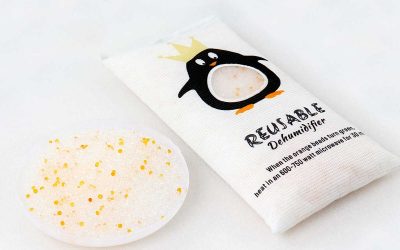It is widely recognized that non-degradable products, such as plastic goods, have caused significant pollution and destruction to soil, water bodies, and ecosystems due to their prolonged accumulation in the environment. In contrast, biodegradable products can naturally decompose after being discarded, greatly reducing their negative impact on the environment. Moreover, the development of biodegradable products often involves the use of renewable resources or recycled materials. This approach not only reduces the consumption of limited resources but also promotes sustainable use, aligning closely with the global push for sustainable development.
Many countries and regions have already enacted legislation to limit or ban the use of non-degradable products, further promoting the development and application of biodegradable alternatives.
In response to this global trend, we have introduced a new biodegradable desiccant product. This desiccant is primarily made from montmorillonite, a natural mineral composed of silicates, magnesium, and aluminum, which is abundant in the Earth’s sedimentary rock layers. Compared to synthetic materials, montmorillonite is a natural resource that can easily return to the environment after disposal. Furthermore, its extraction and production processes generally have lower energy consumption and carbon emissions, significantly reducing its environmental impact.
For the packaging, we have chosen kraft paper, which is free from fluorescent agents, unbleached, and entirely devoid of plastic or other non-degradable materials. Additionally, the product features a plastic-free heat-sealing process, ensuring that the desiccant can gradually decompose in natural conditions and ultimately return to the soil.
This biodegradable desiccant not only addresses moisture control needs but also aligns with environmental sustainability goals.







0 Comments